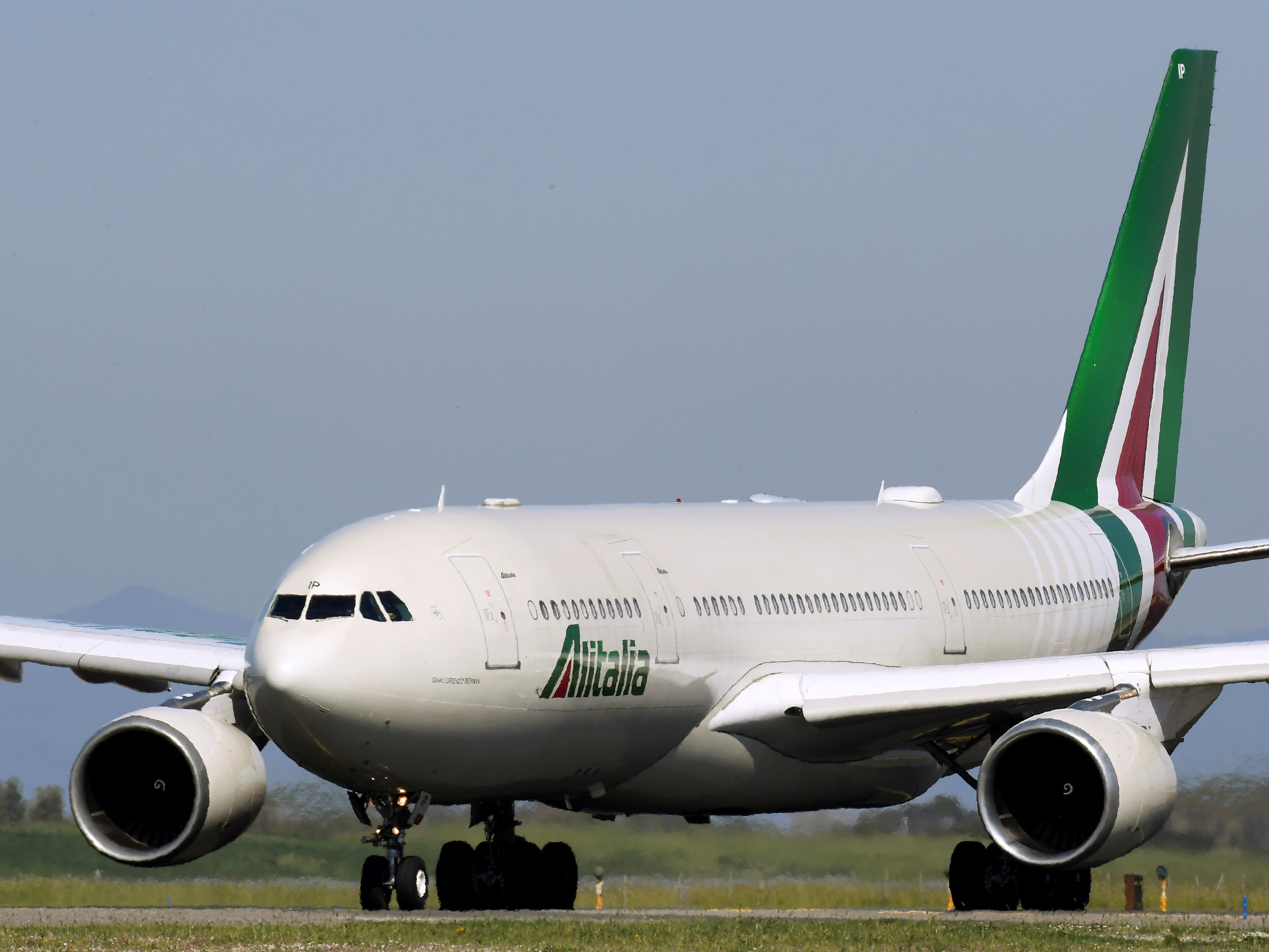- Alitalia was re-nationalized by the Italian government in March after privatization efforts backed by Etihad Airways largely failed.
- The flag carrier has served Italy since the end of World War II and has long struggled with profitability.
- The final straw for the government came as the coronavirus crisis sent Italy under lockdown and the airline industry crisis made clear no buyer was coming for Alitalia.
- Visit Business Insider’s homepage for more stories.
Alitalia has a new owner – and its the same as its old owner.
Italy’s national airline has finally found a home back with the government of its homeland after privatization efforts the airline largely failed and coronavirus posed a threat to the airline’s struggling operation.
Despite years of investment from majors airlines such as Air France-KLM and Etihad Airways, the Italian government announced the re-nationalization on Tuesday as part of an economic stimulus following a years-long attempt to find a buyer for the struggling airline tasked with connecting Italy with the world.
The move came as potential suitors for the airline ranging from Delta Air Lines in the US to the Lufthansa Group in Germany expressed interest, with more unlikely buyers also jumping into the mix including UK low-cost carrier EasyJet and a state-owned railway group.
With no private competitor after the fall of Air Italy in February, the burden once again falls on the iconic carrier to reconnect Italy with the world, especially once the country escapes the gripes of the novel coronavirus.
Here's a look at Alitalia and its storied past.
Alitalia as a brand began in 1946, one year after World War II ended, first flying in 1947 within Italy and quickly expanding to other European countries and even opening intercontinental routes to South America.
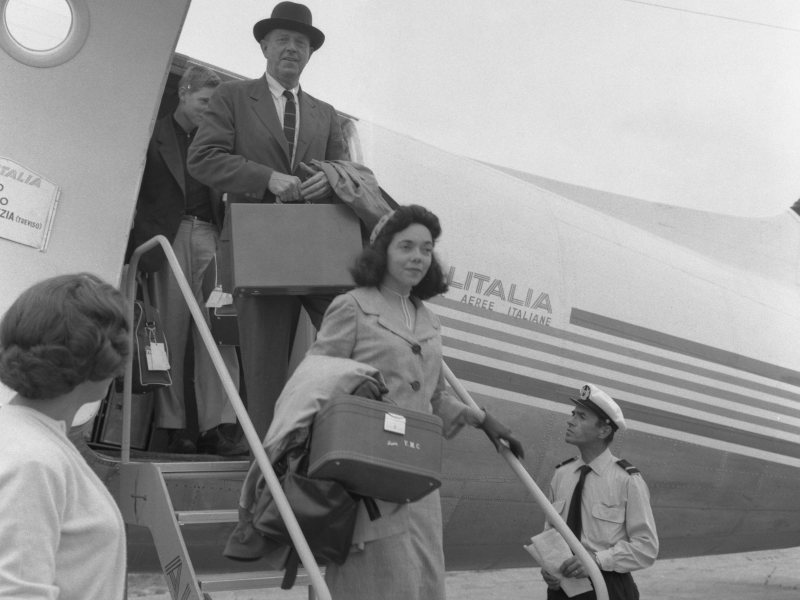
The full name of the airline was Italian International Airlines, a joint effort between the United Kingdom through British European Airways — a precursor to British Airways — and the Italian government.

True to its name, Alitalia flew its first with Italian aircraft produced by now-defunct manufacturers in aerospace including Fiat and Savoia-Marchetti.
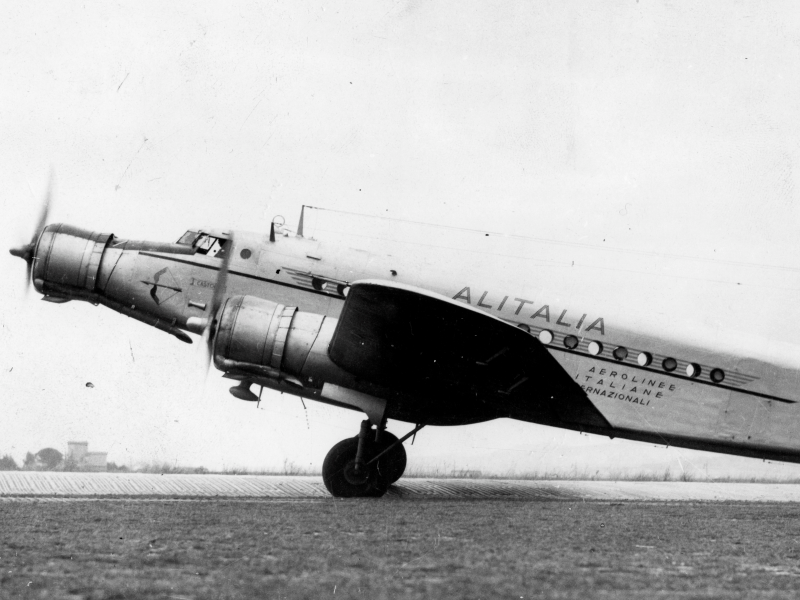
Following a merger with Italy's other airline, aptly named Italian Airlines or Linee Aeree Italiane, in 1957, Alitalia - Linee Aeree Italiane became Italy's top carrier.

Armed with a sizeable fleet of 37 aircraft including the four-engine Douglas DC-6 and Corvair 340, the airline was ranked 12 in the world for international carriers.

As Europe returned to normalcy following the war, so did Italy and the 1960s became a pivotal decade for both the country and its airline as the 1960 Summer Olympics would be held in Rome.

The year saw Alitalia carry over one million passengers, introduce jets into its fleet, and move to a new home at Rome's Fiumicino Airport.

Alitalia entered the jet age with a mix of European and American aircraft such as the Sud Caravelle SE210…

And the Douglas DC-8.

American aircraft largely comprised the airline's fleet once settled into the jet age with a short-haul fleet featuring the McDonnell Douglas DC-9 and later the McDonnell Douglas MD-80...
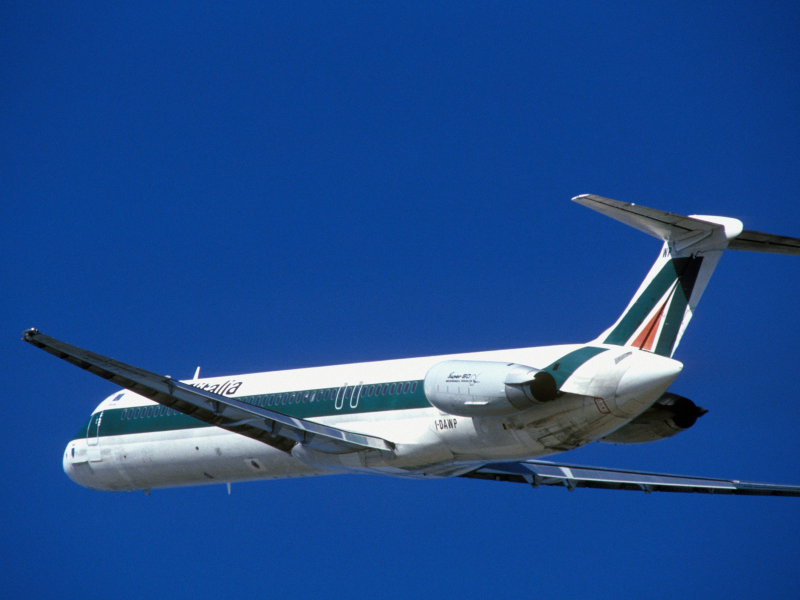
Complemented by a similarly American-dominated long-haul fleet consisting of aircraft such as the Boeing 747.

The arrival of the 747 was a seminal moment for Alitalia and it was the first aircraft to wear the airline's now-famed green, white, and red livery with an "A" shape on the tail.

Alitalia was the first European airline to transition fully into the jet age and continued the switch with more wide-body aircraft such as the Airbus A300.

Other aircraft that would join the Alitalia jet fleet included the McDonnell Douglas MD-11, McDonnell Douglas DC-10...
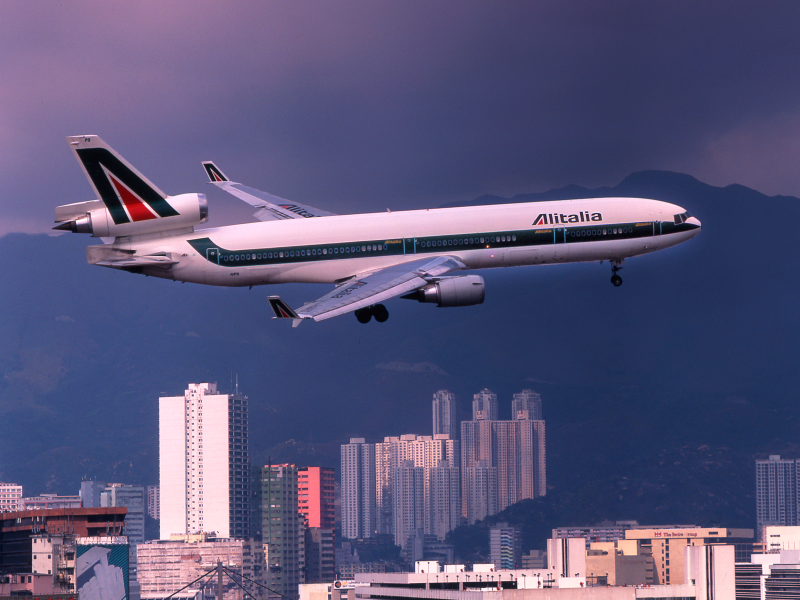
And Boeing 767-300ER for long-haul flights.

Alitalia even had uniforms designed by Georgio Armani, who also contributed to aircraft interior designs.

Source: Alitalia
The airline's short-haul fleet later included a European favorite, the Airbus A320 family.
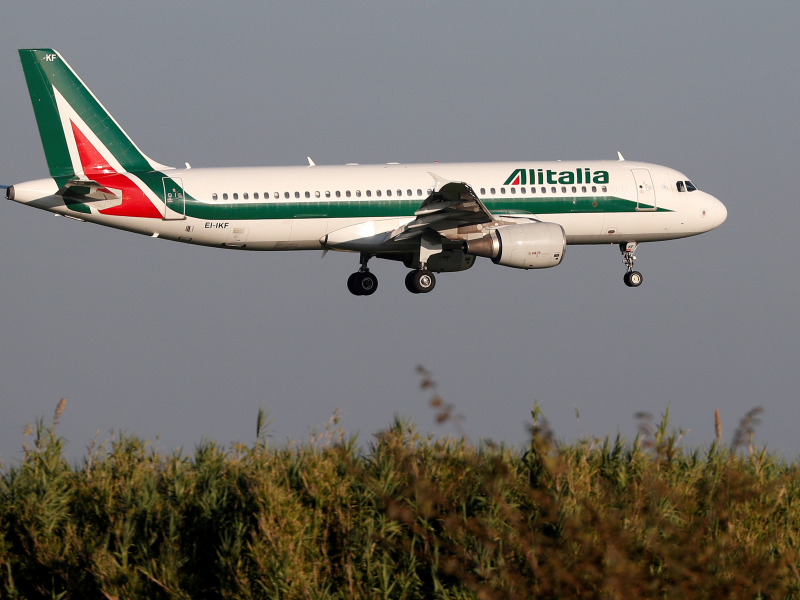
Source: Boeing
As Italy's national airline, Alitalia was also known for flying the Pope with the papal plane using the flight number AZ4000, better known as Shepherd One
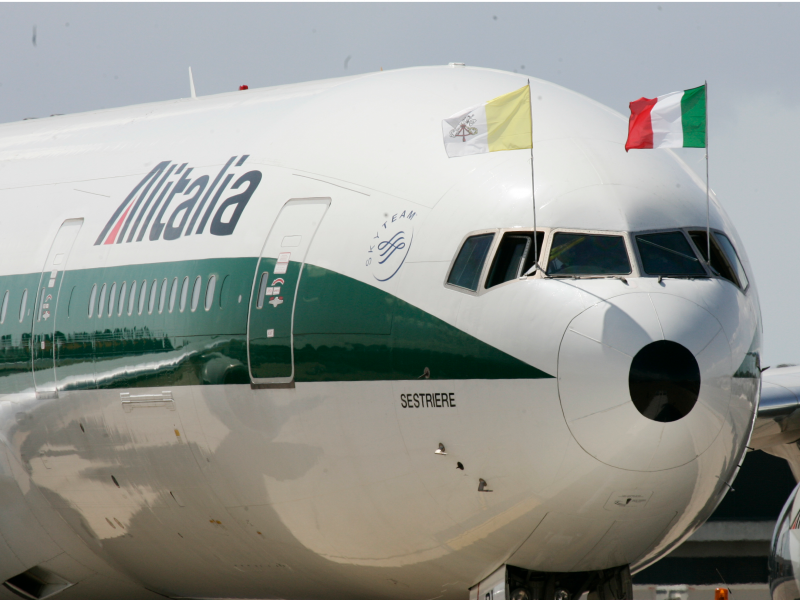
Source: Telegraph
Despite rising traffic throughout its history with Italy being a popular European tourist and leisure destination, the airline struggled with profitability.

As a state-owned airline, Alitalia could always depend on the government to keep it flying, until the European Union stepped in and forbade financial support in 2006.

Source: New York Times
The 2000s then saw serious discussion into Alitalia's future with the Italian government wanting to sell its stake in the airline. The airline was opened for bidders in 2007 but yielded no results.

Source: New York Times
Air France-KLM Group, the parent company of Air France and KLM as well as several smaller European airlines, then offered to buy the struggling airline but couldn't get labor unions on board and the deal collapsed.

Source: Reuters
The Italian government, not wanting to lose its flag carrier, continued to prop up its airline via emergency loans in violation of European Union rules.

Source: European Union
The third attempt in two years to sell airline came after the Air France-KLM Group deal collapsed with an investors group forming the Compagnia Aerea Italiana to purchase the airline, despite heavy pushback from labor unions.

Source: Reuters
This Alitalia began operations in 2009, with Air France-KLM soon coming back into the picture taking a 25% stake from CAI.
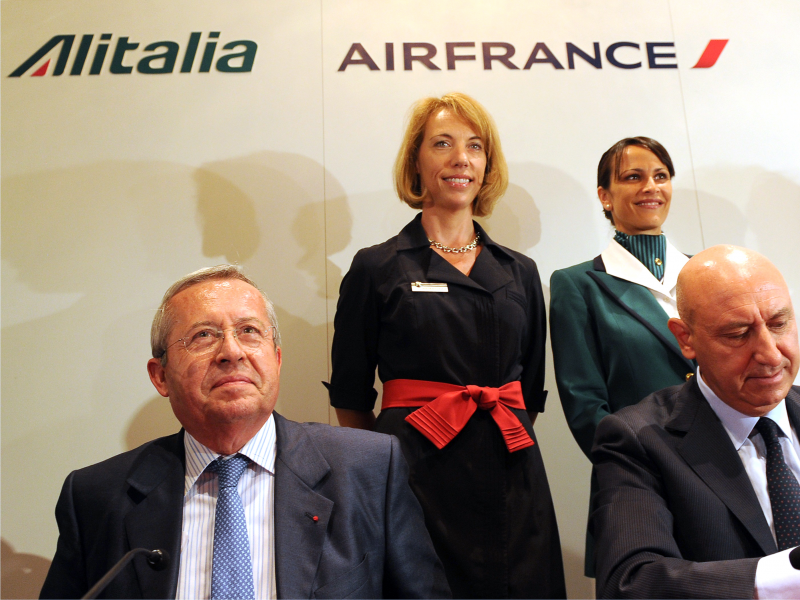
Source: Financial Times
The new airline quickly began differentiating itself from its former self, leasing aircraft instead of purchasing them with the fleet consisting of the Airbus A330 family…

Source: FlightGlobal
And Boeing 777 family comprising the airline's long-haul fleet.

Source: FlightGlobal
It wasn't long before Alitalia was plagued with issues ranging from union strikes to underperforming subsidiaries and even a sting operation that saw Alitalia employees arrested for theft, according to contemporaneous news reports.
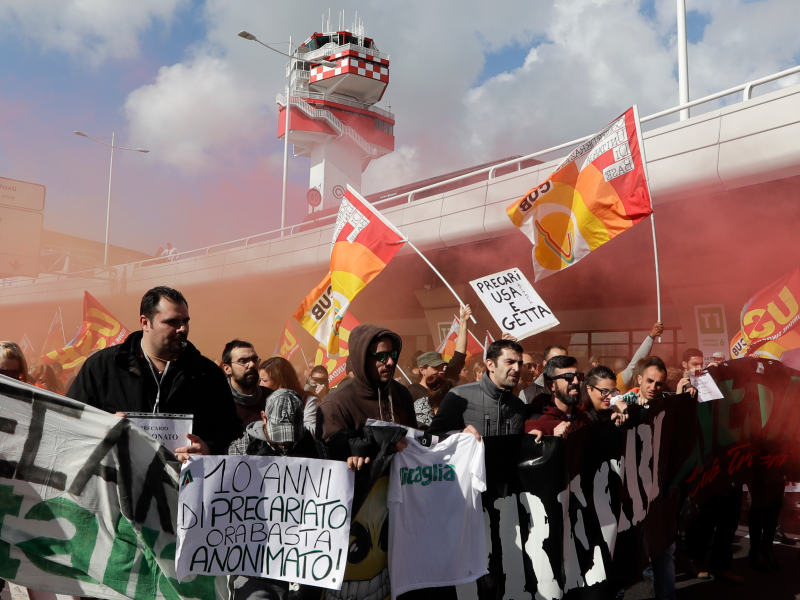
Source: New York Times and BBC
With bankruptcy looming in 2013, Alitalia secured another bailout with help from the government that highlighted the need for restructuring.

Source: New York Times
Alitalia saw a new investor in 2015, Eithad Airways, which would take a 49% stake in the airline and Alitalia - Compagnia Aerea Italiana became Alitalia - Societa Aerea Italiana.

Source: Alitalia
With a new investor in tow, Alitalia began cost-cutting measures but facing a backlash from employees due to planned job-cuts, the airline began bankruptcy proceedings and the government announced Alitalia would be auctioned.

Source: Reuters
Meanwhile, another airline was positioning itself to become the new Italian flag carrier, the aptly named Air Italy.

Rebranded from Meridiana, a regional Italian airline, Air Italy was jointly owned by private company Alisarda and Qatar Airways.

The airline chose Milan as its main hub ceding Rome to Alitalia. Long-haul flights from Milan to New York began in June 2018, with expansion to Asia happening soon after.

Affected by the grounding of the Boeing 737 Max and without the Italian government as a benefactor, Air Italy closed up shop in early 2020, giving back full control of Italy to Alitalia.
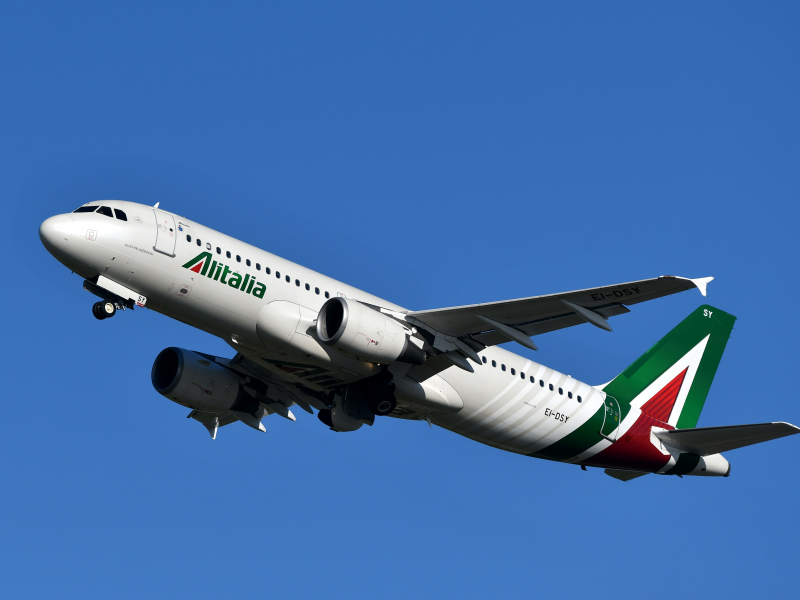
While Air Italy was getting its start, the Italian government would once again seek outside investors with European, North American, and Asian airlines expressing interest in Alitalia.

Among those interested were UK low-cost carrier EasyJet...

Source: Bloomberg
Irish low-cost carrier Ryanair…

Source: The Guardian
The Lufthansa Group…

Source: CNBC
Delta Air Lines…

Source: Bloomberg
And China Eastern Airlines…

Source: Reuters
As well as Italian railway group Ferrovie dello Stato Italiane.

Source: Reuters
One after the other, the airlines dropped their interest and ultimately, the Italian government re-nationalized the airline on March 17 during the coronavirus pandemic.

As airlines around the world retreated from the frontlines in an effort of self-preservation, it became clear that no airline acquisitions or mergers would be taking place, let alone for wounded Alitalia.
The Italian government was faced with seemingly no choice despite formerly vowing not to re-nationalize the airline as the spread of coronavirus and subsequent lockdown of Italy were slated to take the ultimate toll on Alitalia.

